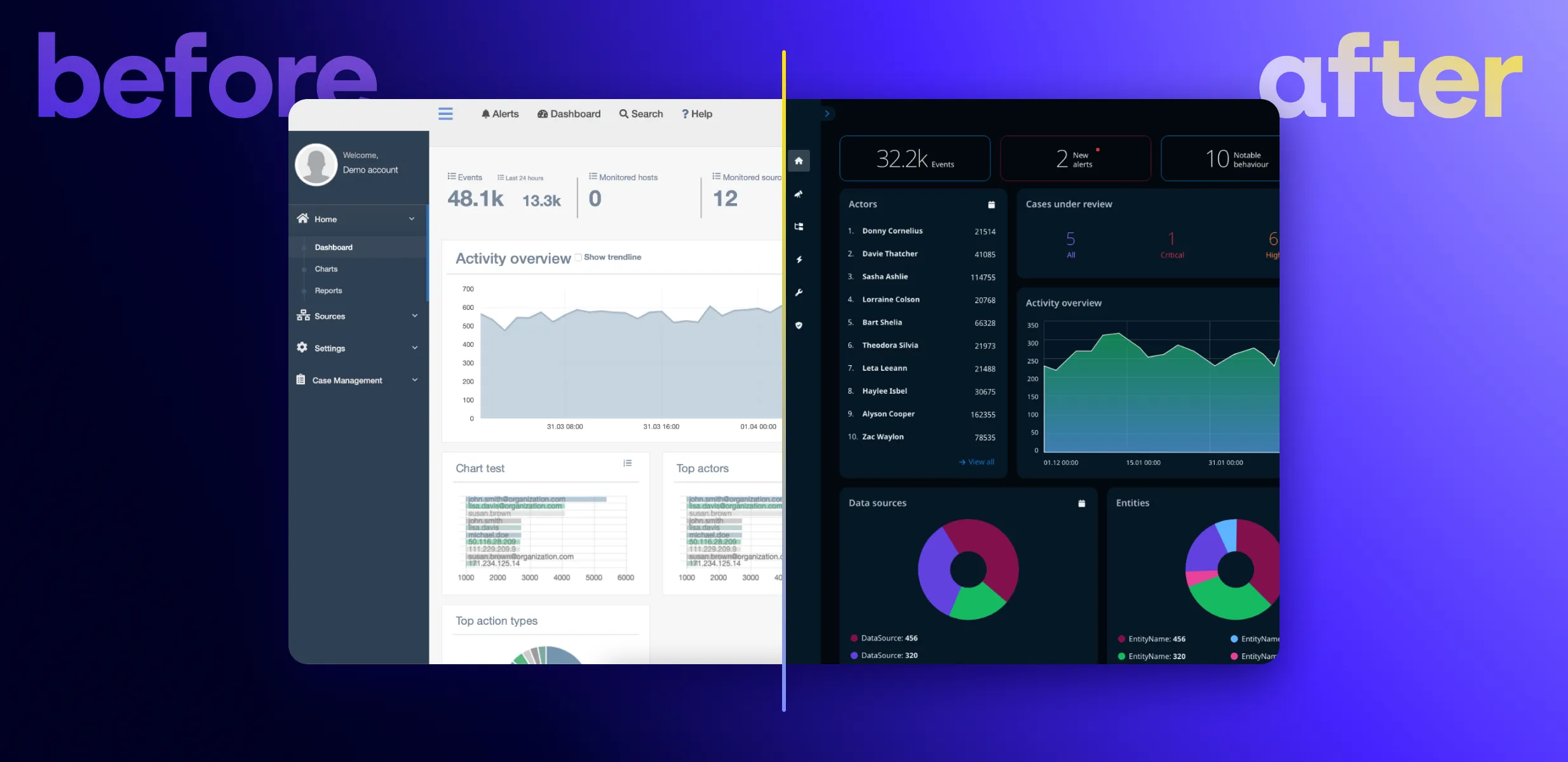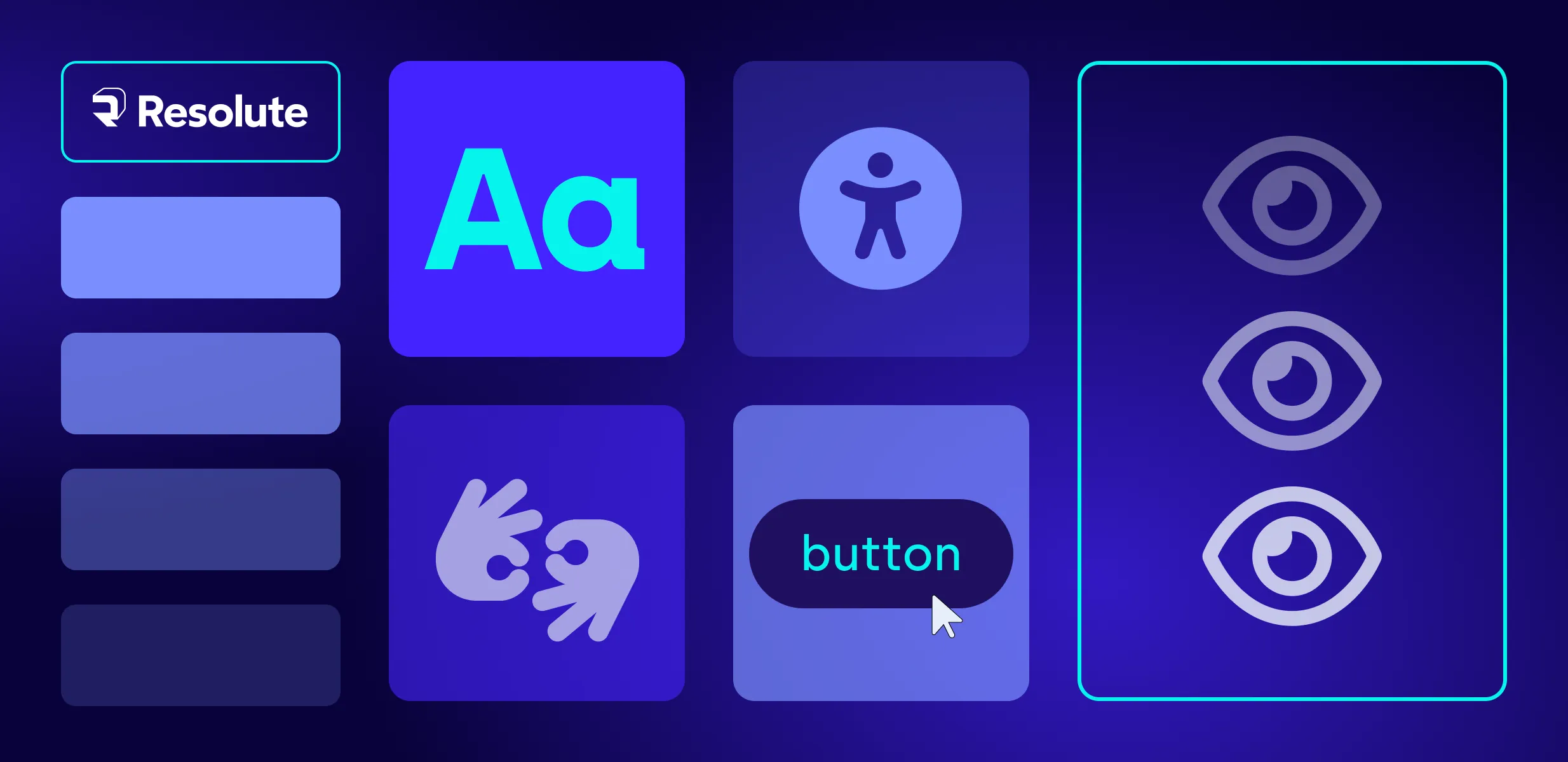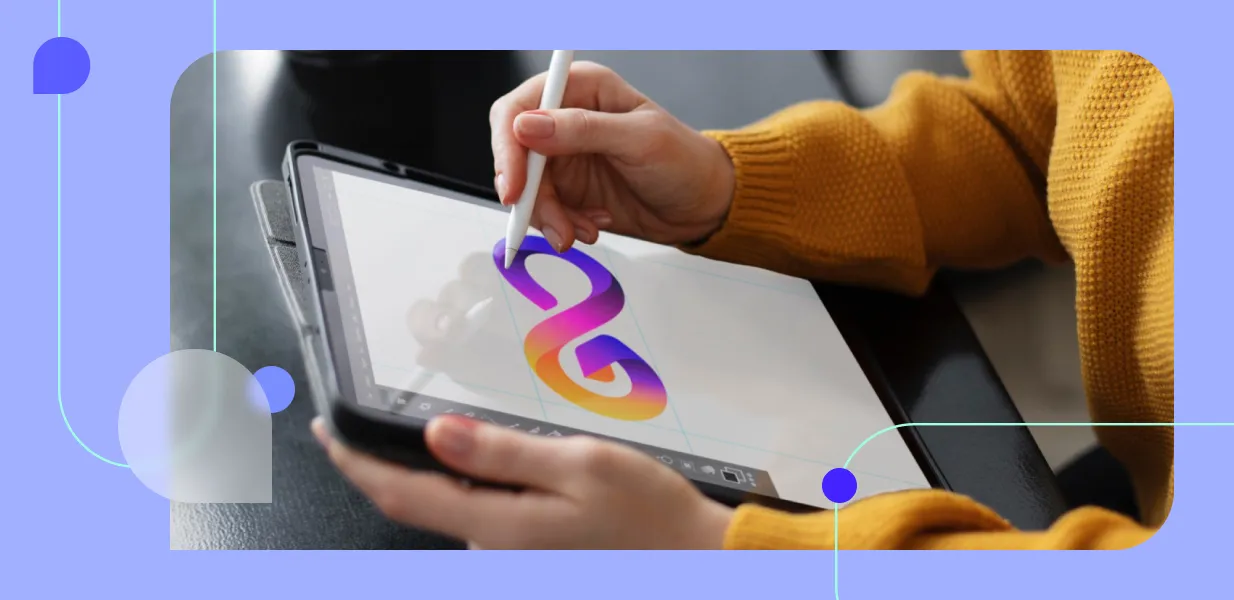
UX design from a business perspective, part 1

UX design 101: why it matters and how it fuels growth?
With the abundance of information available online today, target audiences’ attention span is getting shorter by the minute. Enabling customers to interact with your product and get their job done faster and more efficiently has become the new race to winning new business and sustaining, or prolonging, the lifetime value of existing customers. While the positive correlation between smooth UX and website/mobile app user satisfaction is palpable, it seems that how user experience ties to every business function at an organization and why decision-makers should always be mindful of their customers’ digital experiences is less obvious to business stakeholders.
UX design is the methodology of shaping any human <> device interaction (website, mobile application, desktop software, IoT, etc.) with the goal of proving positive experiences that result in customer satisfaction and loyalty. What’s more, meaningful user experiences unlock customer journeys that are most conducive to business growth.
The goal of UX design is to create smooth, efficient, relevant and all-round pleasant experiences for the user.
-
Ease of use
Design is often a battle between delivering functionality and ease of use at the same time.
-
Quality of experience
Quality of Experience (QoE), while not always quantifiable, is the key factor in a real-world evaluation of UX. It is in an organization's best interest to maximize its user QoE.
-
Efficiency
As it is, less is more. Every customer interaction with a product should happen in as few steps as possible.
-
An all-round pleasant experience
UX design is first and foremost about users’ emotions and feelings, hence it can have a long-term impact on user behavior. If users find the product useful, pleasant and easy to use, they will continue coming back to it.
UX design establishes the interaction guidelines for a software product by wireframing and structuring its components to create a frictionless user flow.
Why it is important
Most businesses today have some sort of digital presence. UX design is a subject about which everyone will have an opinion, but the customer will be the final judge of the quality of an application’s/website’s user experience. What’s more, UX design has a very direct impact on a business’ bottom-line by:
-
Reducing costs
Most difficulties that customers struggle with when navigating a digital product are UX issues. They could have been solved during the phase of initial prototyping (a core aspect of UX design), but even when they get into production, it’s easier and faster to fix these than any software bugs or technical glitches. By helping teams to build products of better quality that enable customer self-service, successful onboarding, and product stickiness, UX design can help in the long run to optimize sales, marketing, and customer success costs.
-
Increasing conversions
What is beautiful is good, but beautiful and usable is even better. There are two essential principles when optimizing a digital product (be it an application or a website) from a UX standpoint:
- Reducing the number of steps that the user needs to take to achieve a successful outcome: websites and applications exist to serve the customer; hence the main goal of a digital product is to enable users to complete an action.
- Keeping things as simple and as intuitive as possible: as we’ll see later in this post, time to complete an action is an important KPI to measure good UX
In short, reducing the amount of effort users expend will most certainly help maximize the number of conversions of a product or service.
Why today
Three billion consumers today rely on the internet to connect to, interact with, and purchase from their favorite brands. Things have changed radically in the past decade when it comes to customer experience. The business world has made significant progress in the field by putting the customer in the driver’s seat. Organizations like IBM and Amazon, who’ve been investing in CX for years, have been successful in widening the gap between themselves and the competition. On average, businesses focused on customer loyalty grow 2.5 times faster than their competitors.
Naturally, users have become more demanding, expecting a frictionless, always-positive user experience as a minimal prerequisite to interact with a business across devices and platforms.
How UX design intertwines with business functions
Today, UX design is a critical element of business strategy. When leveraging UX design to create a competitive edge and to reduce costs by optimizing the user journey to enable self-service, user experience becomes an integral part of most business functions within the organization. It becomes a forethought for:
-
Product management
Regardless of whether an organization is design-led or engineering-driven, UX designers would always have a seat within a product unit. While product managers are not necessarily UX subject matter experts, product usability and user experience are a KPI they monitor continuously – the latter tie back to product adoption and usage, something PMs are directly responsible for. In the realm of product management, differentiation is where UX design can make an impact by creating a sustainable competitive advantage through satisfying users’ mental models when they think about using your product.
-
Customer success
By vocation, UX designers are champions for user goals, which makes them a natural ally to customer success. When dissecting the customer success role, a few essential responsibilities come to mind:
- Cultivating empathy and understanding customer problems
- Continuously enhancing the customer journey
- Be the expert on target personas
- Continuously collect feedback for improving products and services
These objectives relate to the UX design domain too, and all of them should be leveraged to help customer success get closer to reaching their goals:
- An increased visitor to customer conversion rate
- A lower dropout rate (reduced churn)
- Reduced time and effort for successful customer onboarding
- A lower number of support tickets or calls
There are plenty of touchpoints where UX design and customer success should join forces to accommodate excellent user experiences. Without smooth UX, there is a slim chance that a user would stick with a product or service to become a loyal customer. Similarly, UX design starts with understanding what a successful customer means to the business.
-
Marketing
UX Design and Marketing come together to help translate marketing opportunities into tangible solutions through a combination of customer centricity, technology and business.
Moreover, outstanding UX promotes brand awareness by delighting customers and turning them into brand ambassadors by inspiring them to speak about a product and share and recommend it to friends and colleagues.
Think of Slack on a mission to humanize team communication.5 Since its inception in 2013, Slack quickly became one of the most popular and fastest-growing apps of all time. How did they become so popular? Slack didn’t just force a new technology and workflow to the enterprise world, they replicated the communication and interaction experiences that we already had in the b2c world. Their commitment to user experience is what makes the app almost impossible to stop using today.
Ultimately, marketing success is evaluated through the number and quality of leads it generates, and UX sits at the core.
The decision of what role the UX domain would play at an organization is a strategic one.
-
Succeeding with UX
To help organizations take advantage of UX design to increase customer conversions and loyalty, gain a competitive edge, and reduce costs, we at Resolute Software provide expert UX services. Building on the solid foundation of qualitative and quantitative research, our team will identify the problems of your existing UX architecture and propose solutions backed by hard data and scientific analysis. The UX assessment package we offer is an effective way to identify usability issues and map out the means to solving them. Get in touch today to schedule your UX assessment.






